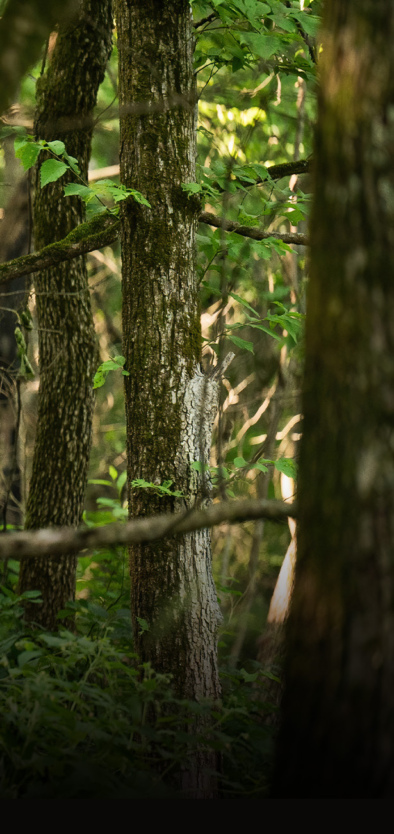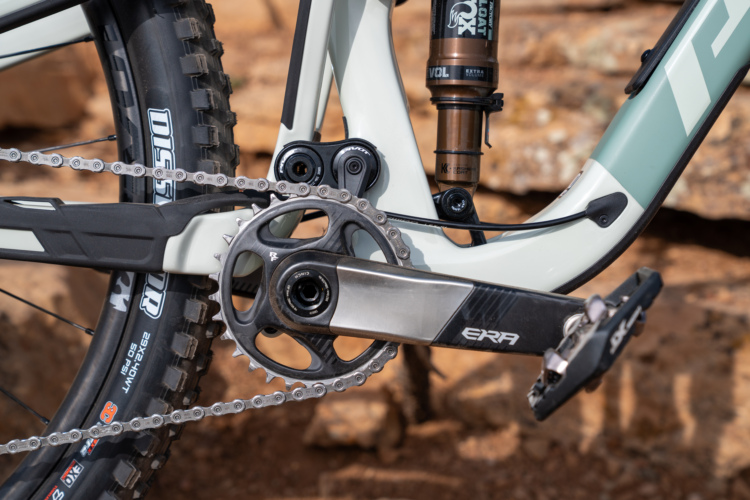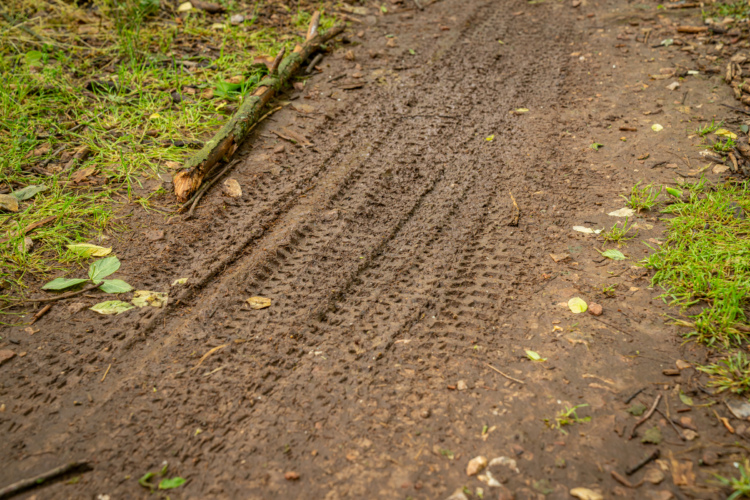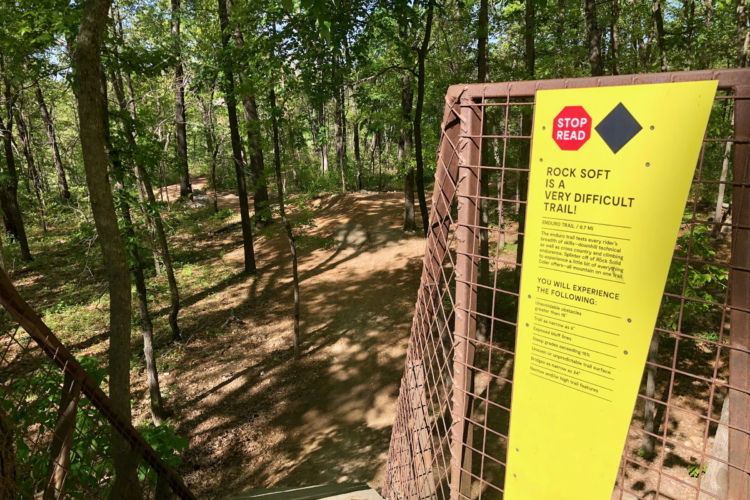
On this Episode
Nearly every mountain bike update this year has boasted geometry that is longer, lower, and slacker than before. But what does this even mean? In this episode of the Singletracks podcast, we define long, low, and slack as they pertain to mountain bike geometry. We discuss what’s driving this shift, the tradeoffs involved, and what this means for current mountain bike owners.
Support this Podcast
- Review the Singletracks podcast on Apple Podcasts for the chance to win a free hat. Or drop your feedback in the comments below!
- Make a donation to help sustain future episodes.
- Become a Singletracks Pro Supporter.
Never Miss an Episode
- Listen on Spotify
- Listen on Apple Podcasts
- Listen on Google Podcasts
- Listen on Stitcher
- Listen on Overcast
- Get the RSS Feed
- View all Podcast Episodes




















13 Comments
Dec 29, 2017
Dec 29, 2017
Sagged BB height should be no less than 12 inches for safe technical trail riding.
We use dropper posts and bend knees when standing to lower our weight center, not low BB's.
Intense has consistently kept their BB height appropriate for the bike's travel. I don't know any other brand these days that has safe BB heights for riding technical trails.
Dec 26, 2017
Dec 27, 2017
Dec 27, 2017
Dec 26, 2017
Dec 26, 2017
Dec 25, 2017
Dec 26, 2017
Dec 26, 2017
Dec 26, 2017
Dec 27, 2017
Dec 28, 2017
ergo compensate with overly wide handlebars.
the effect is obvoius when you bike along frozen tracks at winter. too slack bikes throw themselves sideways on and off the often elevated trail of knobbly ice, for example after cars or from people walking. i guess this is one reason you dont see many slack fatbikes.